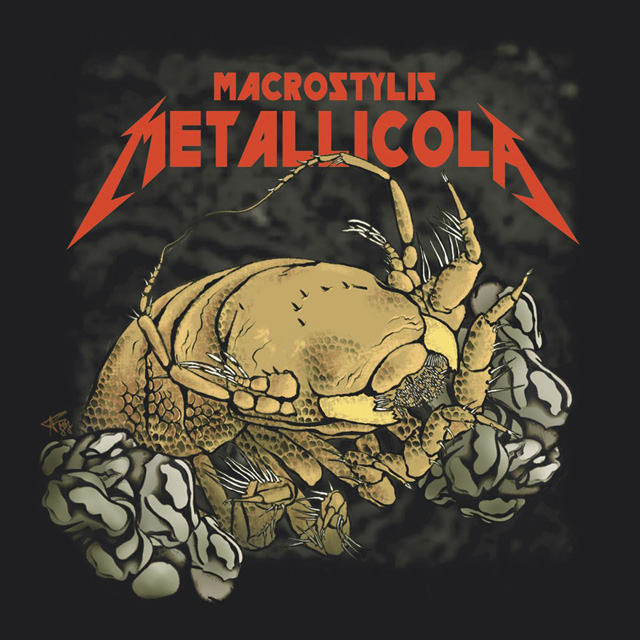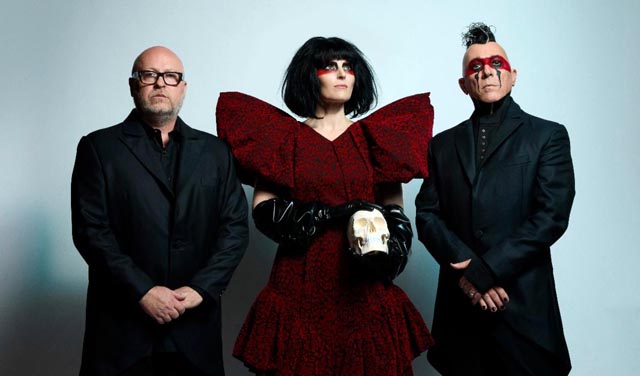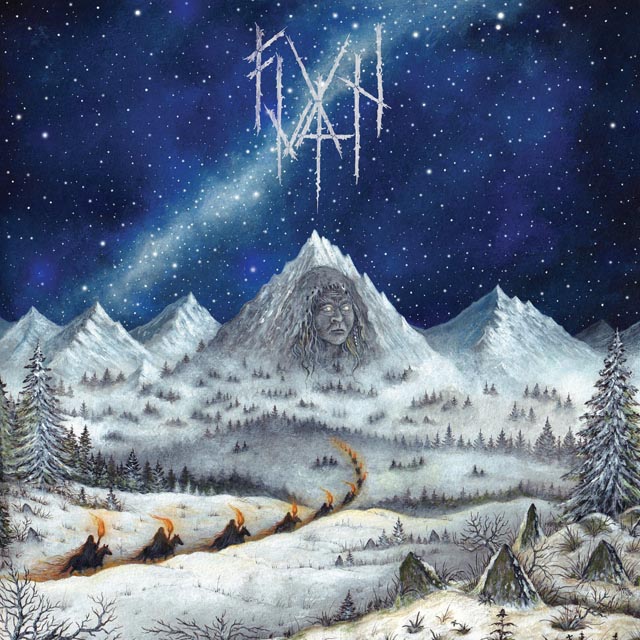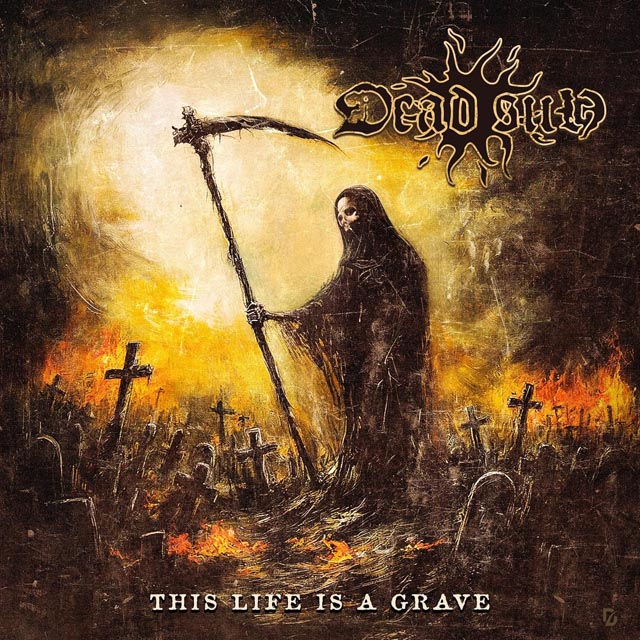
A recent extinct monstrous worm discovery has united science and metal. A new study published in Scientific Reports titled it as the “Earth’s Oldest ‘Bobbit Worm’ gigantism in a Devonian eunicidan polychaete,” by Mats E. Eriksson of Lund University, Sweden, Luke A. Parry of Bristol University, U.K. and David M. Rudkin of Royal Ontario Museum, Canada. Researchers have studied an ancient fossil, which they stored at the Royal Ontario museum since the mid-nineties have now discovered the remains of the giant extinct bristle worm (marine relatives of earthworms and leeches). And for some reason, it’s been named after Cannibal Corpse bassist Alex Webster.
The newly-discovered species possesses an “unexpected combination of features seen in several different Palaeozoic polychaete families.” Meaning, it broke record history having the largest jaws in this species based on fossil recordings, reaching over one centimetre in length. Its monstrous body size has been recorded as over one metre, comparing to an extant ‘giant eunicid’ species referred as ‘Bobbit worms.’
Basically, it’s a huge terrifying looking worm that has a unique case of polychaete gigantism in the Palaeozoic, traces back to 400 million years ago. The species is called Websteroprion armstrongi, which is named after Webster..
This isn’t the first time Paleontology Professor Eriksson named fossil species after metal legends. He’s also officially named Kingnites Diamondi (King Diamond) and Kalloprion kilmisteri (Lemmy Kilmister). Who knows what the next one will be, maybe simpler names like Cradle of Fossils or Some Kind of Monster?
What we do know is that Webster is happy with the name.
Seems appropriate to share this today: https://t.co/ZWoZ3JI466 #blottedscience
— Alex Webster (@AlexCannibal) February 21, 2017
Thank you to Mats Eriksson, Luke Parry, & all involved, I’m honored! Congratulations on your discovery! https://t.co/4pqsl3HjEx
— Alex Webster (@AlexCannibal) February 21, 2017









